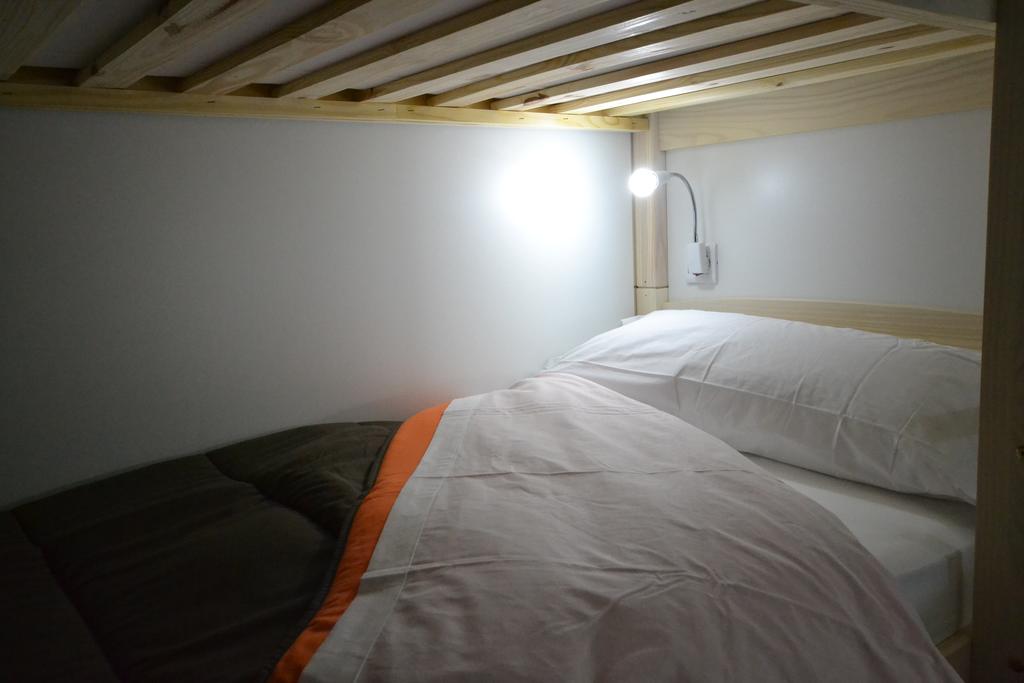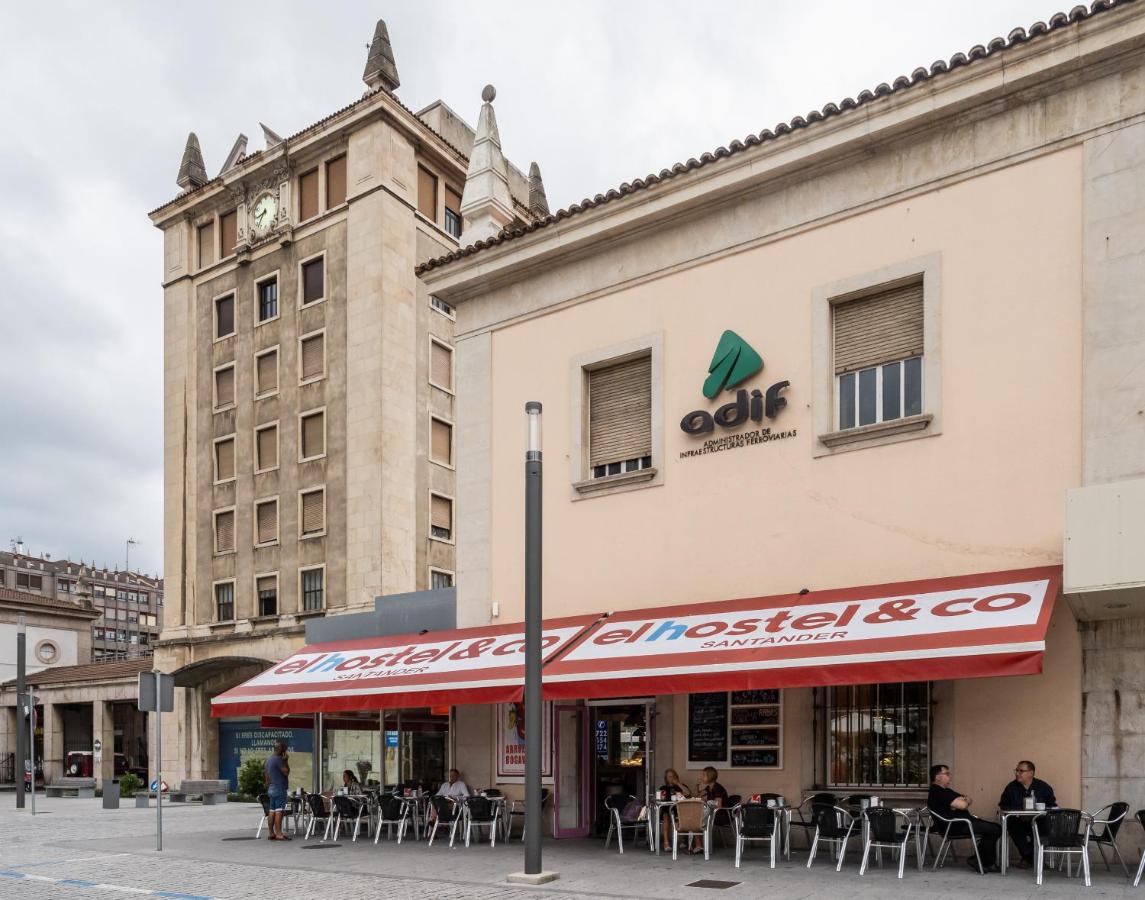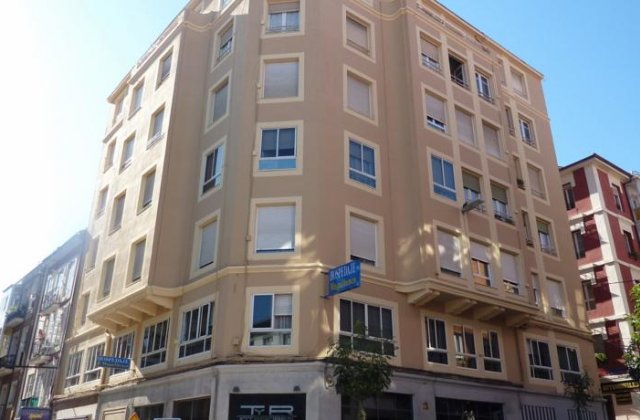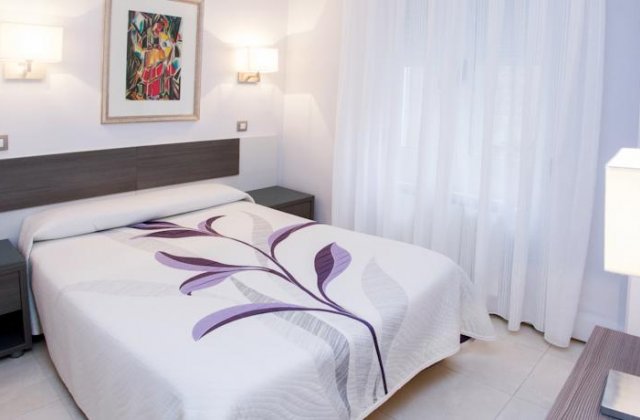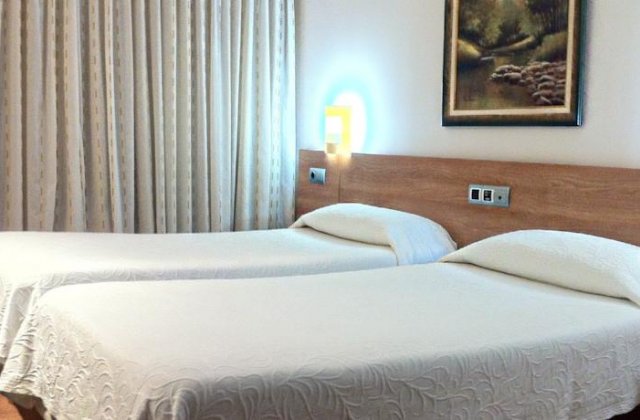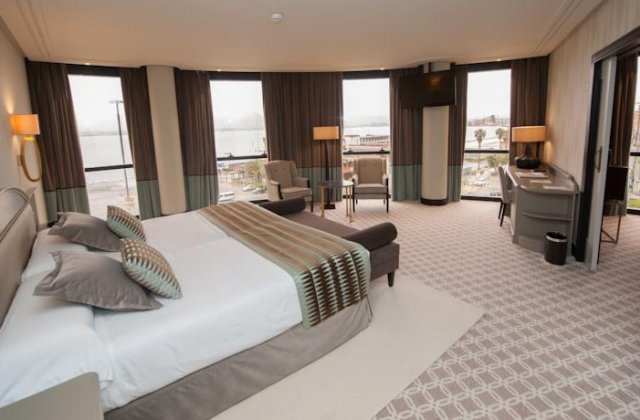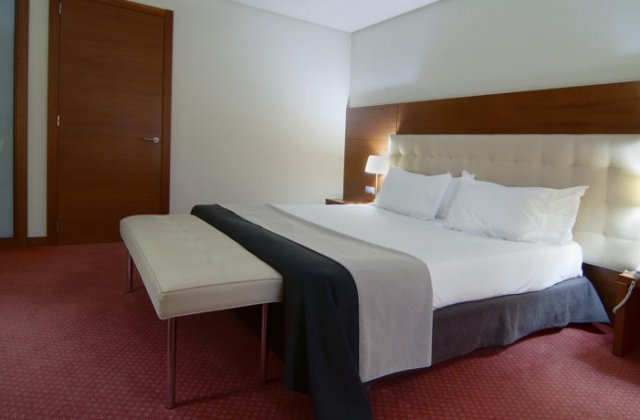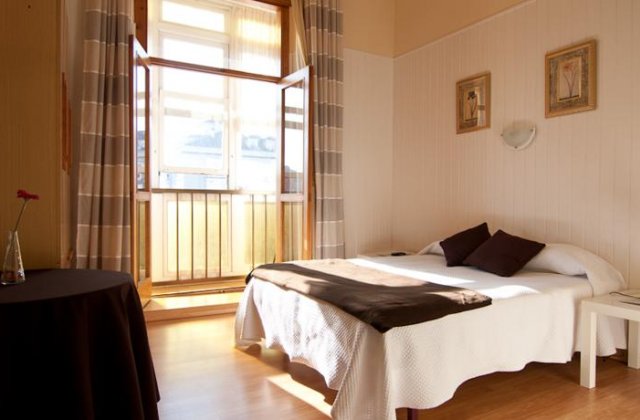The ferry from Somo disembarks rather conveniently at the café lined Paseo de Pereda, and from this point you need to decide which direction to head; if you had been wondering where you could spend a rest day this is the place.
To your left is the Nuestra Señora de la Asunción Cathedral, built over the location of the previous Abbey of the Holy Bodies whose charge was to hold safe the relics of Emeterio and Celedonio (see history below).
Once you are done with the Cathedral, cross the park and walk tall through the massive arch in the Banco Santander building then turn left, the next building on your right is the small Mercado del Este, a convenient place for a casual lunch and the tourist information office. If you expect more from a market, head to the Mercado de La Esperanza (what better name than The Market of Hope).
Getting to the city’s most emblematic building, the Palacio de la Magdalena, requires a decent walk to the far east of the peninsula. There is a modest fee but the timetable is limited to tours starting on the hour. The Palace was funded by the citizens and used as a Summer residence by King Alfonso XIII until he was removed from power after the formation of the Second Republic in 1931.
Fiesta: San Juan is celebrated, and bonfires are lit, on the 24th of June.
Santiago is celebrated on the 25th of July. San Emeterio and San Celedonio, patrons of Santander, are celebrated on the 29th of August.
The Fiestas de la Virgen de la Bien Aparecida are held on the 15th of September
History: So fantastic are the stories surrounding the 8th century founding of the city of Santander that most people pay little notice that it was the Romans that first called this place Portus Victoriae. Their hard work was eclipsed by the arrival by boat of the mortal remains of two of their most famously martyred soldiers, San Emeterio and San Celedonio. Their relics were sent here to be kept safe from the Muslims during the 9th century. Between the brothers, it was Emeterio whose name would be memorialized when Santander, a derivation of the vulgar Latin Sant Emeter, was chosen.
The Road: Between Santander and Boo de Piélagos there are two routes, the official camino and the Senda Litoral (coastal trail) that follows the coastline north of the city.
The Senda Litoral starts at the ferry terminal and continues along the coast, with the water on your right, all the way around the city. The option is a great deal more scenic than the official camino and it is growing in popularity among pilgrims. At 33km it is the longer option. The official camino turns left at the ferry dock and across the adjacent city park. The path through town is clear and city walking from here to the far end of Santander. At the edge of the park turn left and follow this road; it is the Paseo de Pereda when you begin but changes names along the way. Officially it is the N-611. After passing the large university hospital complex on your left the camino goes through two large roundabouts. At the second roundabout follow the signs in the direction of the Avenida de Cajo, which will take you to the start of Peñacastillo.


